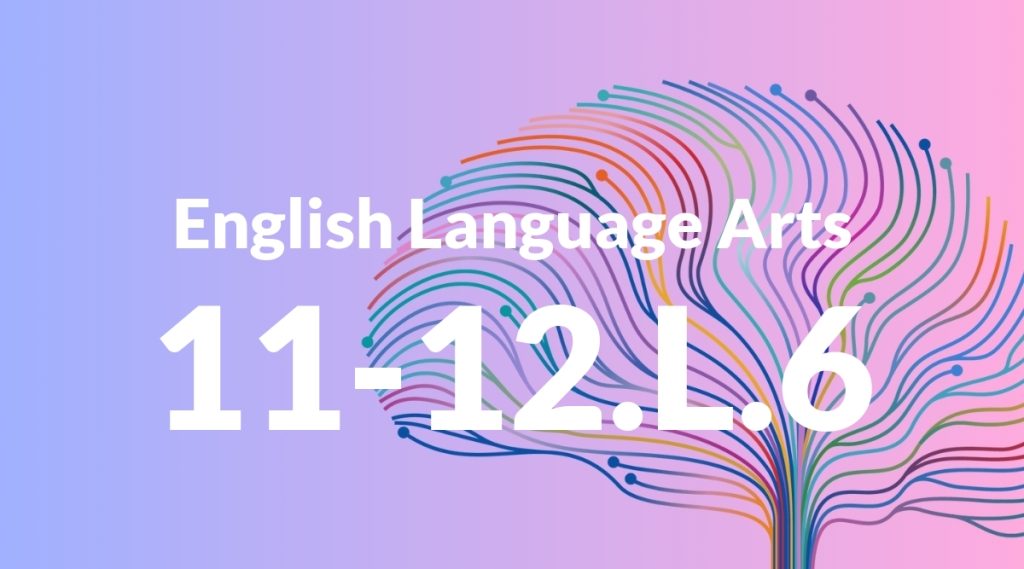Standard: 2.L.6 – Use words and phrases acquired through conversations, reading and being read to, and responding to texts, including using adjectives and adverbs to describe (e.g., When other kids are happy that makes me happy).
Grade level: Grade 2
Subject: English Language Arts
Domain: Language
Teacher Overview
This standard emphasizes the use of descriptive language to enhance communication skills. It is crucial as it helps students express themselves more clearly and vividly, a foundational skill in both writing and speaking. Before tackling this standard, students should understand basic sentence structures and have a grasp of nouns, verbs, and simple adjectives.
After mastering this standard, students will be able to write more detailed and engaging stories and essays, using descriptive language effectively to enhance their writing.
Common Misconception 1
A common misconception is that students may confuse adjectives and adverbs. Adjectives describe nouns, while adverbs describe verbs, adjectives, or other adverbs. This confusion can lead to incorrect sentence structures.
Intervention 1
To address this, use visual aids like charts and diagrams that clearly differentiate adjectives from adverbs. Provide plenty of examples and practice opportunities.
Common Misconception 2
Another misconception is the overuse of adjectives and adverbs, which can make sentences cumbersome and awkward. Students might think more descriptive words make better sentences.
Intervention 2
Teach students to use descriptive words judiciously. Provide examples of well-written sentences and have students practice editing sentences to improve clarity and flow.
Prerequisite Knowledge
Students should be familiar with basic sentence structures and have a foundational understanding of nouns, verbs, and simple adjectives.
Subsequent Knowledge
Students will develop the ability to write more complex sentences and narratives, enhancing their descriptive writing and comprehension skills.
Instructional Activities
- Adjective and adverb scavenger hunt in texts
- Writing descriptive paragraphs about a picture
- Group activities where students describe objects to one another
- Creating a ‘word wall’ of new adjectives and adverbs
- Interactive games that reinforce the use of descriptive words




